• Introduction
• Poop Colour and What That Means?
• Baby Poop Warning Signs
• How Many Times Do Newborns Poop?
• Some Important Tips
• When To Consult a Doctor
• Key Takeaways
• FAQs:
• MESSAGE FROM SUPERBOTTOMS
Guess what's the hottest topic among new parents when they gather? You got it – baby poop! Despite its less-than-pleasant nature, discussions about poop colour, texture, frequency, and more are crucial for understanding a newborn's health in the early months. Let's delve into the world of baby poop and how it serves as a vital indicator for taking care of your little one.
Poop Colour and What That Means?
The newborn poop colour might not be the same all the time. Change in your newborn poop colour can be due to many reasons ranging from what they consumed to their gut health. The following are some poop colours and what they mean -
1. Black – The newborn poop colour will be a little dark or black if you are giving them iron supplements. The meconium, or the first poop of the baby, can also be a little blackish. But if your baby is already a few days old, not on iron supplements, and still the poop is black, this might indicate an infection or internal bleeding in the digestive tract. Consult your paediatrician immediately in such a case.
2. Green – Newborn green poop is generally not a reason for concern in babies. However, sometimes medication can cause newborn green poop. Also, once kids start consuming solid food, green colour foods like spinach can cause green poop. Sometimes it might be challenging to differentiate between dark green poop and black poop. In this scenario, take a bit of poop and smear it on white tissue paper to see the colour.
3. Red – Like green, red poop is also not a reason for concern, as it is mainly caused due to baby food. If your baby has consumed beetroot, tomato juice, etc., the poop can be red. Also, if the mother has bleeding nipples and the baby is breastfed, the blood can pass along with the poop, and the poop might be red. However, if you notice a baby poop mucus and blood, and your baby is crying excessively or is losing weight, it is advised to consult a healthcare practitioner about it.
4. Mustard Yellow – Mustard yellow colour poop is the most common colour for breastfed babies. Once the meconium is passed, the standard and healthy baby poop will be mustard yellow.
5. Bright Yellow – Bright yellow is also a standard colour of poop for babies still on breast milk. The colour of poop is a little lighter than usual if the baby has diarrhoea. If your baby has light colour runny blowouts, consult your baby's paediatrician.
6. Orange – Orange poop can indicate some coloured food your baby might have consumed. For example, pureed carrots can cause orange poop. However, this is not a reason for concern.
7. Greenish Tan – Formula-fed babies have a darker-coloured poop, which can have a greenish tan. Consuming iron-rich food while on solids can also cause a greenish tan in poop, and it is nothing to be worried about.
Baby Poop Warning Signs:
Specific colours and textures of poop might indicate poor health and need immediate attention from a doctor. Here are some such warning signs -
1. White or greyish poop – Pale grey or chalky white poop indicates improper level functioning. The liver produces bile responsible for the colour of the baby's poop. Thus, if your baby's poop is white, chalky, or pale grey-coloured, it is better to speak to a doctor.
2. Newborn foamy poop – You would notice newborn foamy poop in breastfed babies if they consume more foremilk than hindmilk. Hind milk is fattier, and if your baby is not nursing on one breast for at least 10 – 15 minutes, they may have less fat and thus end up with a newborn foamy poop. This is very easy to correct. If your baby has been nursed for less than 15 minutes from one breast, continue feeding on the same breast next time. If still the newborn foamy poop continues, talk to your lactation consultant or a paediatrician.
3. Stringy poop – Stringy, slimy streaks in the poop are an indicator of mucus in poop. This usually happens when the baby drools a lot during the teething phase. However, if this continues for over a few days, it can also indicate an infection. If accompanied by other signs of illness, consult your doctor.
4. Hard pebbles – One of the most common baby poop problems is constipation in babies. The hard pebble-like stool is typically an indicator of constipation.
5. Red bloody poop – The red-coloured poop might not be a reason for concern. However, if the poop has blood, it indicates an allergy or an infection. You should immediately consult a doctor if you notice blood in your baby's poop.
6. Runny poop – It is usual for breastfed babies to have runny poop. But if you notice a change in the colour of the poop and the runny poop is coming out in the form of blowouts, it can be diarrhoea. Diarrhoea can be dangerous for younger babies as they can lose weight or water from the body. If the runny poop continues for more than a day, consult your baby's paediatrician.
How Many Times Do Newborns Poop?
Here's a table detailing newborn poop frequency of how many times do newborns poop:
|
Age of Baby |
Newborn Poop Frequency |
|
0-1 day old |
At least one meconium poop |
|
1-3 days old |
2-3 meconium poops per day |
|
3-4 days old |
Transition to yellow, seedy poop |
|
1 week old |
3-4 mustard-yellow poops per day |
|
1 month old |
1-4 yellow, soft poops per day |
|
2-3 months old |
May decrease to 1-2 poops per day |
|
3-6 months old |
Can vary from several times a day to once every few days |
Remember, every baby is unique, and variations in newborn poop frequency are expected as long as the consistency and colour are within the typical range. If you notice any unusual changes in newborn poop frequency, consult your paediatrician.
|
Limited Offers Ending Sooner - BUY NOW Now or never offers live on the SuperBottoms website. Take advantage of the never-before Good Value for Money on our offer page! Stock up on the bestselling UNO diapers, accessories & other popular SuperBottoms baby and mom products now available in deals and discounts. HURRY, the Deals are Live till stocks last! |
Some Important Tips:
• Lay a Coloured Easy Clean Top Sheets inside the SuperBottoms UNO Cloth Diaper before putting it on your baby. The Top Clean Sheet acts as a protective layer between the diaper and your baby's skin, making cleanup easier in case of poop incidents.
• Use SuperBottoms XtraHydrating Wipes to gently clean your baby's bottom. These wipes are formulated to be gentle on delicate skin while effectively removing poop residues, helping to keep your baby clean and comfortable.
• The waterproof surface of the changing mat provides a barrier between your baby and the changing surface, making cleanup easier in case of poop incidents. It helps protect the surface underneath from stains and spills. Choose a SuperBottoms Diaper Changing Mat that is waterproof and easy to clean. The SuperDryFeel™ layer is designed to absorb liquid quickly, up to 8.5 times faster than traditional materials.
When To Consult a Doctor:
Consult a doctor if your baby experiences discomfort. At the same time, pooping two consecutive diarrhoea episodes under three months old, passing hard pebble-like stool, white or chalky poop, showing blood in the stool, or mucus in the stool for more than a day. Monitoring your baby's poop can provide valuable insights into their health and prompt intervention when needed about how to help newborn poop easier.
Key Takeaways:
• Newborns can have varying baby poop frequencies depending on their age and stage of development.
• In the first few days after birth, newborns pass meconium, a dark, sticky substance, which transitions to mustard-yellow, seedy stools.
• It's essential to monitor your baby's poop for any changes in colour, consistency, or frequency, as these can indicate potential health issues.
FAQs:
How Many Times Do Newborns Poop?
Ans. Newborn poop frequency can vary widely, but typically, they may poop several times a day, especially in the first few weeks. As they grow, the frequency may decrease to once every few days.
What should newborn poop look like?
Ans. Initially, newborns pass meconium, which is dark and sticky. As they transition to breast milk or formula, their poop becomes mustard-yellow and seedy. The consistency may vary but should generally be soft.
Is it normal for my newborn to have different poop colours?
Ans. Yes, it's normal for newborn poop to vary in colour, especially during the first week. However, specific colours like white, pale grey, or red (indicating blood) may signal a problem and should be evaluated by a doctor.
How to help newborn poop easier?
Ans. Ensure they're getting enough fluids, massage their abdomen, try leg movements, and consult a paediatrician if needed.
MESSAGE FROM SUPERBOTTOMS
Hola, New Moms and Dads! We at SuperBottoms ensure you have the best and safest products for your babies, no matter what corner of India or the world you are in. SuperBottoms is appropriate for your baby's sensitive skin throughout their Cloth Diapers journey, in any season, and also offers Padded Underwear for kids. If you reside in Canada, Kuwait, the United States, Qatar, Hawaii, Bahrain, Armenia, the United Arab Emirates, or the Philippines, SuperBottoms is an essential product for you and your child.
Reference Links
1. https://www.medicalnewstoday.com/articles/how-often-should-a-newborn-poop
2. https://www.healthline.com/health/parenting/newborn-poop






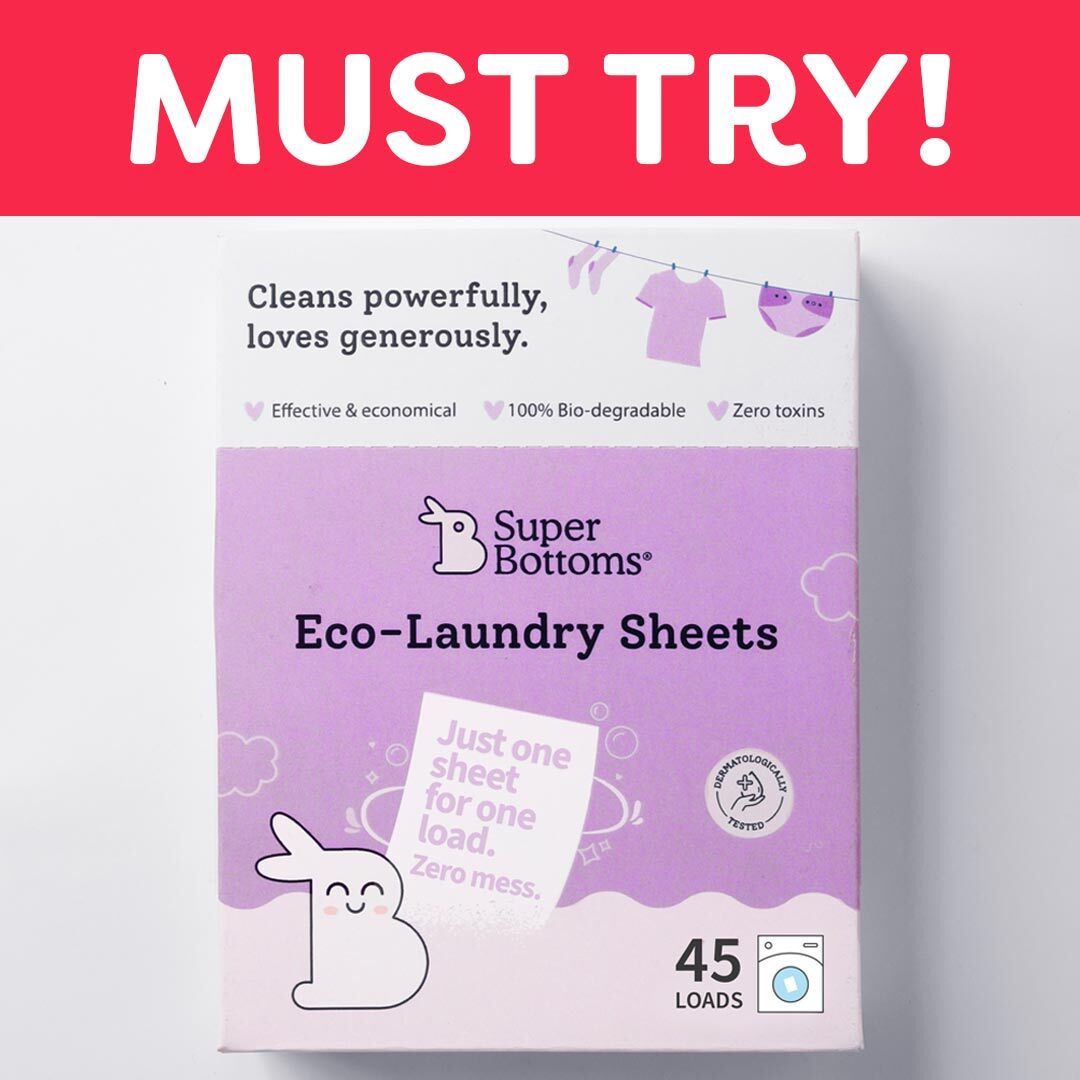
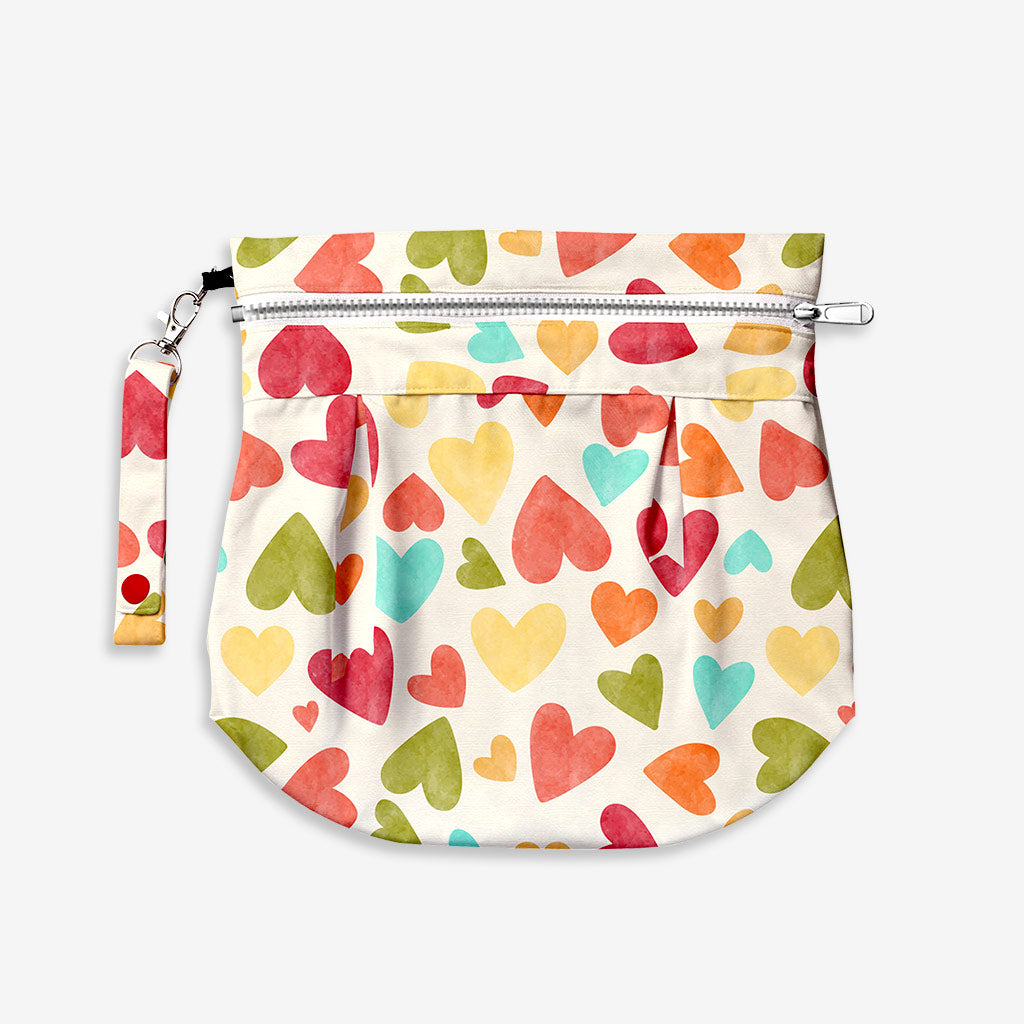
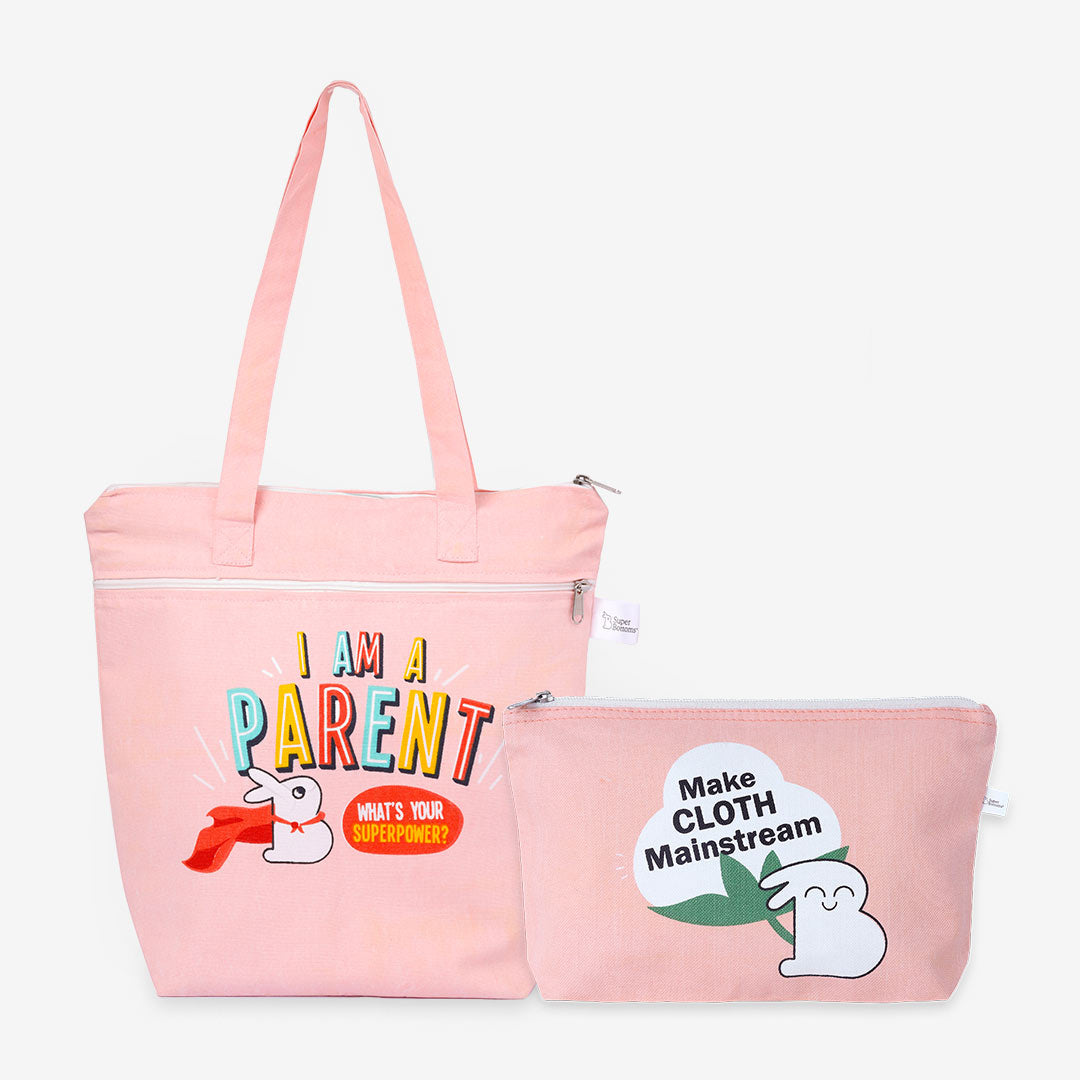
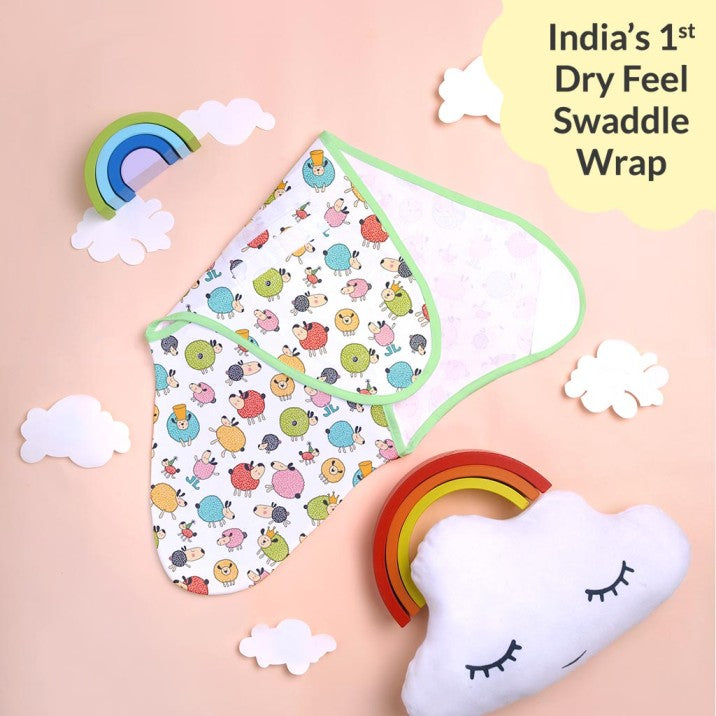
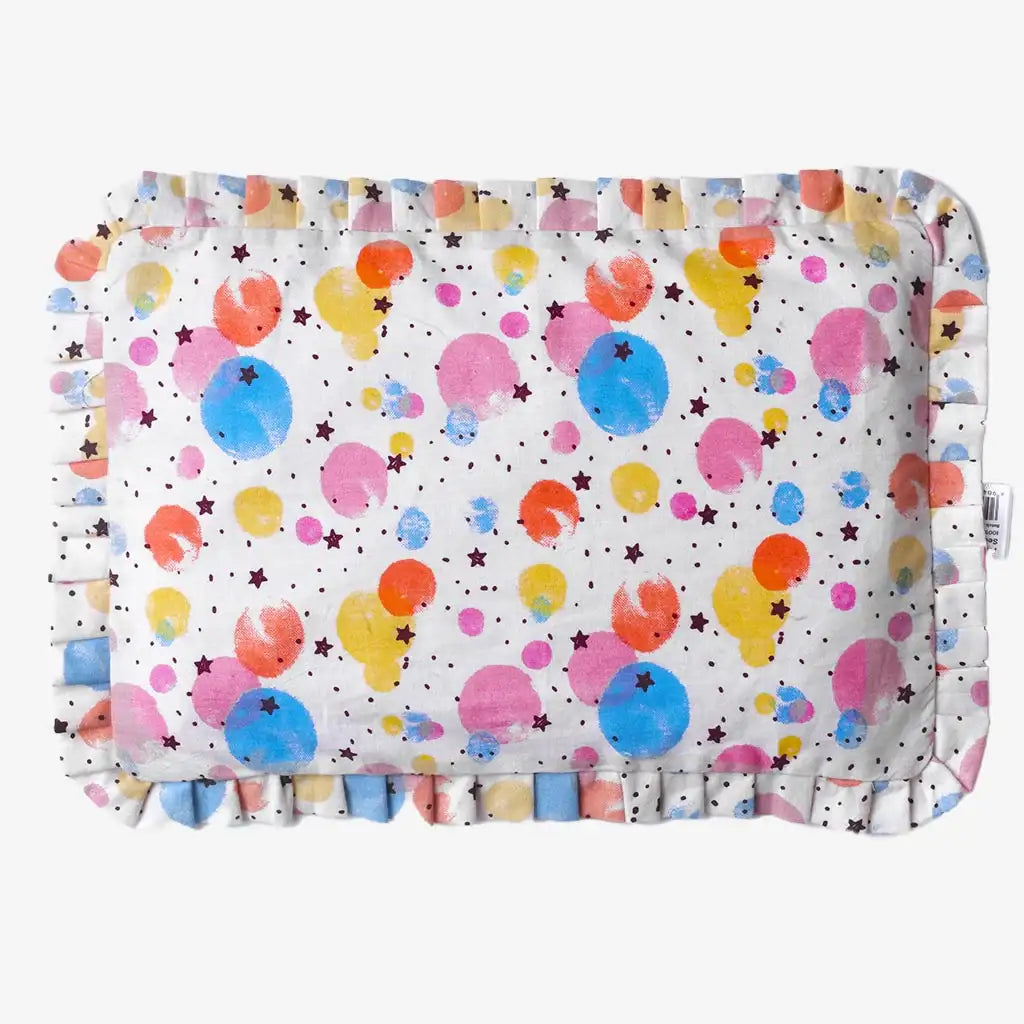

2 comments
Thank you Olivia for your kindest words.
They give us the extra kick we needed to get better with our work.
Regards,
Team SuperBottoms.
Very interesting and informative . Thank you.
Wow
Get the 10% Discount on Cart
(Min Order Value 1500/-)
GRAB10
Leave a comment